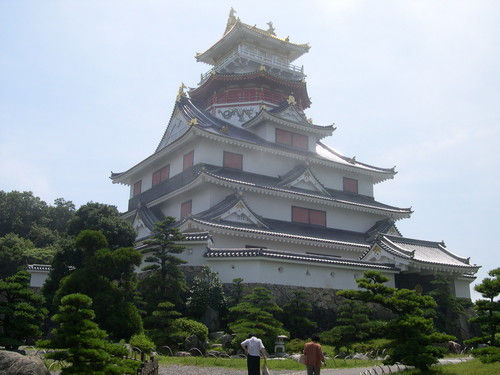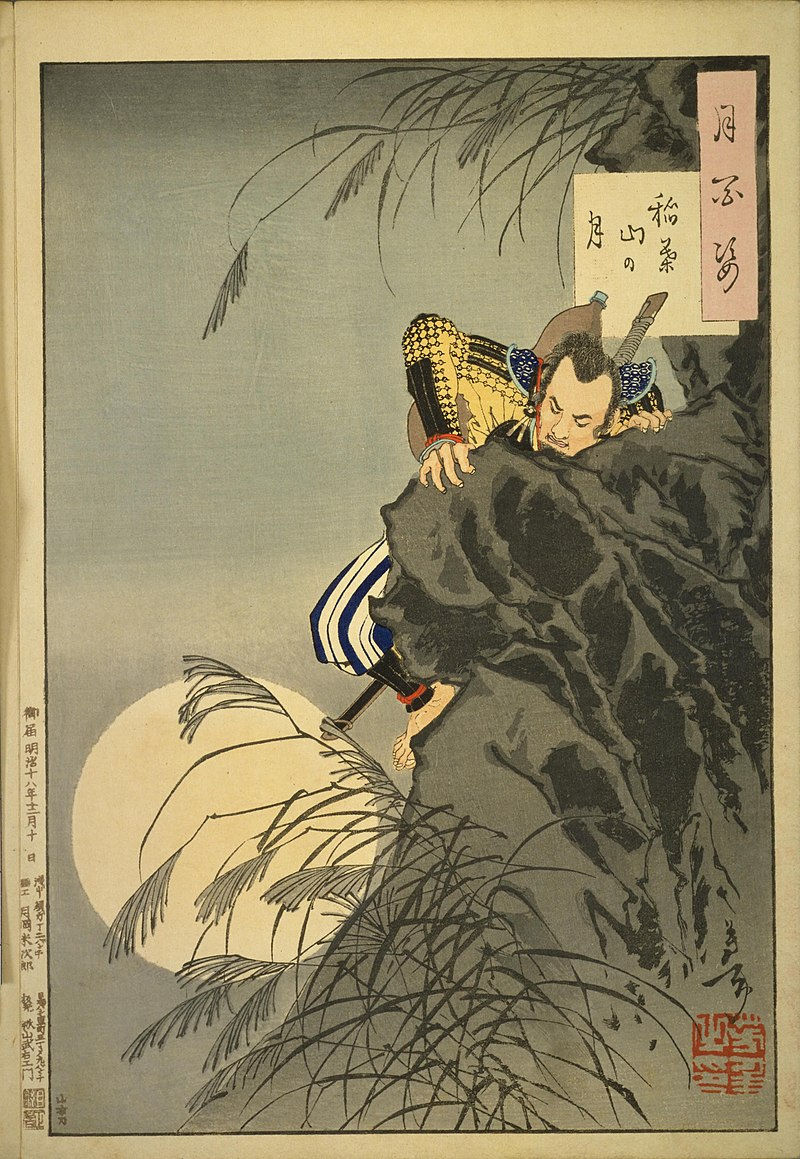Azuchi-Momoyama Period
- 2304583d
- Aug 4, 2024
- 2 min read

The Azuchi-Momoyama period (安土桃山時代, Azuchi-Momoyama jidai) is a significant era in Japanese history, spanning from approximately 1573 to 1603. It marked the final phase of the Sengoku (Warring States) period and precedes the establishment of the Tokugawa shogunate, which ushered in the Edo period.
Key Figures and Events - The Three Great Unifiers (三英傑)
Oda Nobunaga (1534-1582)
Unification Efforts: Nobunaga was a powerful daimyo who initiated the process of unifying Japan. He defeated many rival warlords and controlled significant territories.
Azuchi Castle: Nobunaga built Azuchi Castle near Lake Biwa, which became a symbol of his power and a cultural center.
Toyotomi Hideyoshi (1537-1598)
Successor to Nobunaga: After Nobunaga's assassination in 1582, Hideyoshi continued the unification efforts. By 1590, he had effectively unified Japan.
Castle Construction: Hideyoshi built several impressive castles, including Osaka Castle and Momoyama Castle, from which the period derives part of its name.
Social Reforms: Hideyoshi implemented policies to stabilize Japan, including land surveys (Taikō kenchi) and the separation of the warrior and peasant classes.
Tokugawa Ieyasu (1543-1616)
Battle of Sekigahara: In 1600, Ieyasu defeated his rivals at the Battle of Sekigahara, which paved the way for his establishment of the Tokugawa shogunate in 1603.
End of the Period: The formal establishment of the Tokugawa shogunate marks the end of the Azuchi-Momoyama period and the beginning of the Edo period.
Cultural and Economic Developments
Architecture and Art
Castles: The period is renowned for its castle architecture, characterized by grandiose designs and advanced fortifications. Azuchi Castle and Osaka Castle are prime examples.
Tea Ceremony: The tea ceremony, refined by Sen no Rikyū, became an integral part of Japanese culture, emphasizing aesthetics and ritual.
Trade and Economy
International Trade: Japan engaged in increased trade with Europe, particularly the Portuguese and Spanish, bringing in new goods, technologies, and ideas.
Urbanization: The unification of Japan led to the growth of castle towns and a burgeoning merchant class, which contributed to economic development.
Religion and Society
Christianity: The period saw the spread of Christianity, brought by Jesuit missionaries like Francis Xavier. However, Hideyoshi and later Ieyasu began to suppress Christianity due to fears of foreign influence.
Social Order: The period solidified a rigid social order, which would later be formalized during the Edo period.
Significant Battles and Conflicts
Battle of Nagashino (1575): Nobunaga's innovative use of firearms helped defeat the Takeda clan, demonstrating the changing nature of warfare.
Incident at Honnō-ji (1582): Nobunaga was betrayed and forced to commit seppuku by one of his generals, Akechi Mitsuhide.
Battle of Sekigahara (1600): This decisive battle led to Tokugawa Ieyasu's domination and the establishment of the Tokugawa shogunate.
The Azuchi-Momoyama period was a transformative era that set the stage for over two centuries of peace and stability under the Tokugawa shogunate. It was marked by significant military, political, cultural, and social changes that shaped the future of Japan.





Comments